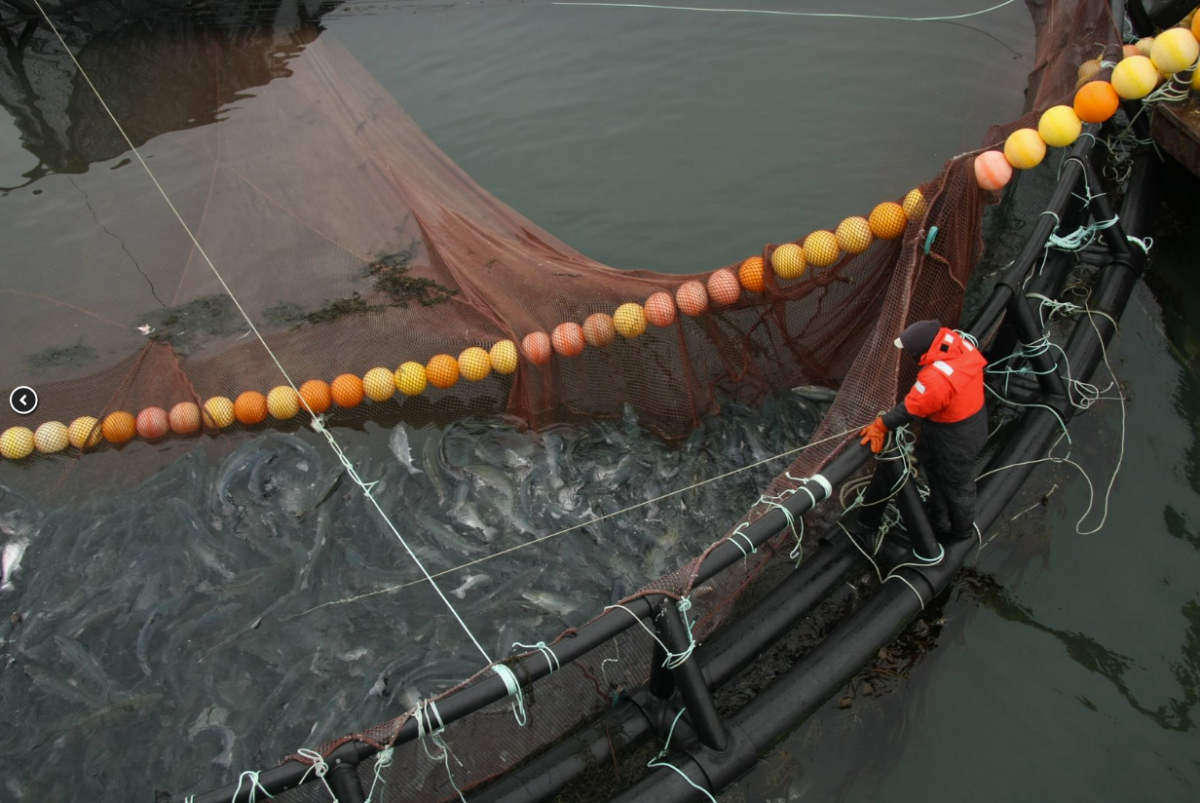Aquaculture comes to the rescue as the economic engine that has provided coastal communities with livelihoods for generations faces setbacks
Maine ticks all the boxes as an ideal incubator of aquaculture enterprises: it has a culture around marine food production, a working waterfront, and a world-renowned reputation for premium quality seafood. Why is it just a bit player in the aquaculture industry is perhaps understandable: its lobster fishery contributes $1 billion to the state’s economy annually and generates 4,000 jobs.
By comparison, aquaculture (includes farmed salmon, shellfish and seaweed) has a direct economic impact of $73.4 million in output, 571 in employment, and $35.7 million in labor income, according to a January 2017 Aquaculture Economic Impact Report from the University of Maine.
Anecdotal evidence suggests warmer temperatures to be the major culprit in the decline of fisheries in the state. Lobster landings in 2017 have fallen by roughly 20 percent to $434 million from the record $540 million in 2016. Maine’s shrimp fishery has been closed for several years also because of warming water temperatures. It is still uncertain whether regulators will open it in 2019.
